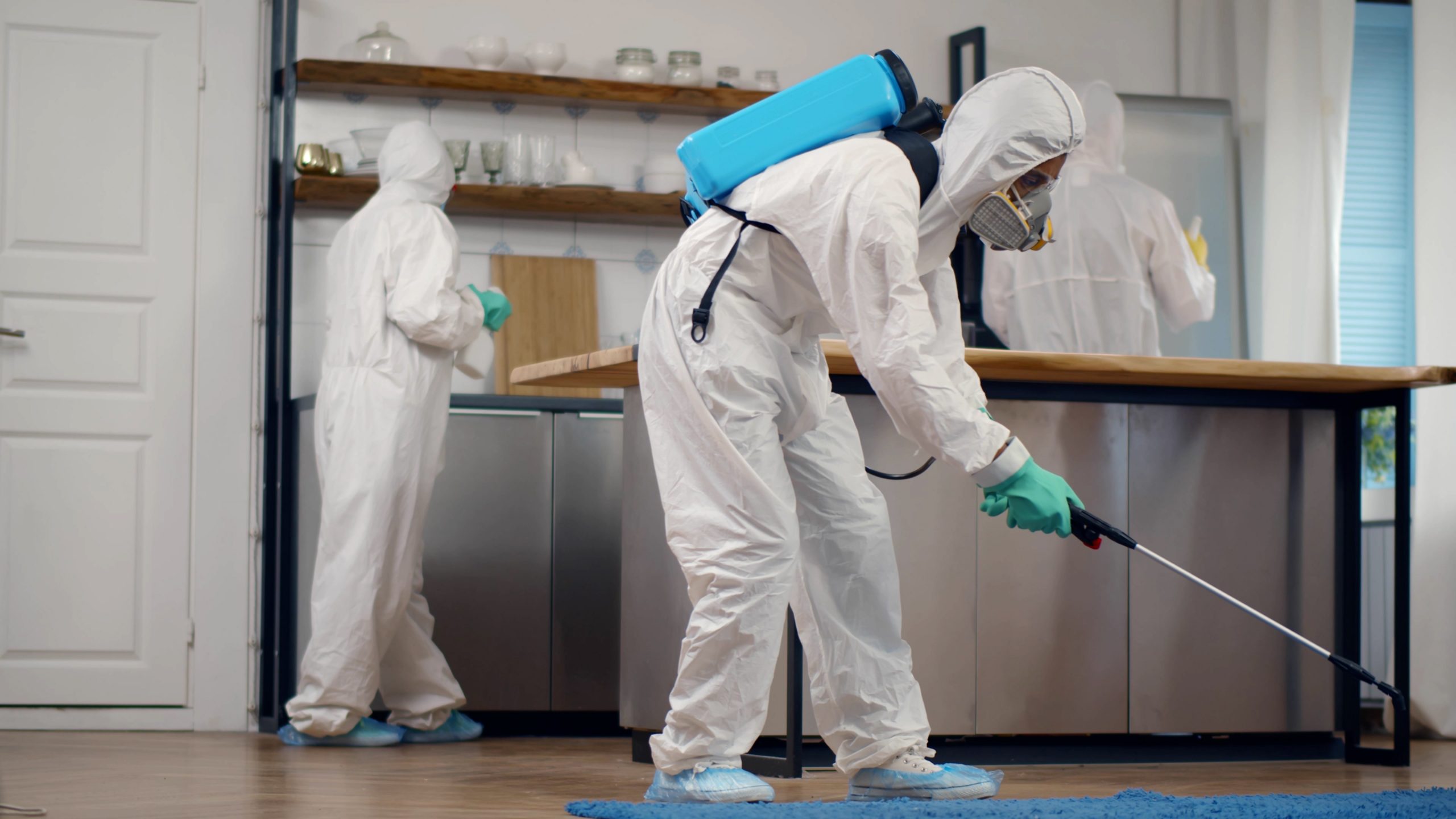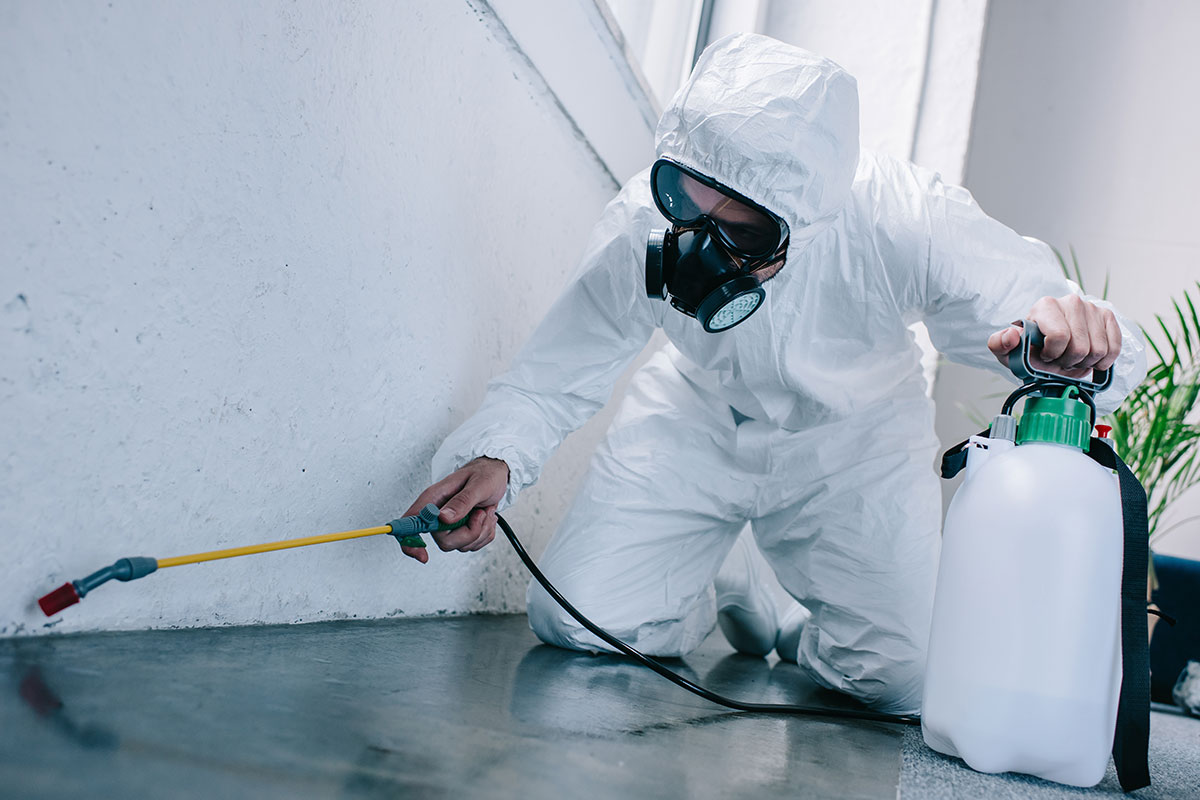Most Effective Pest Control Homestead Solutions for Lasting Protection
Insect Control 101: Identifying Common Pests and Their Effective Therapies
Pest control is a fundamental facet of maintaining a healthy living atmosphere. Typical bugs like ants, rodents, and different bugs can present substantial difficulties. Comprehending their actions and indicators of problem is vital for effective management. While chemical services exist, there are likewise all-natural choices worth thinking about. As one discovers the nuances of pest recognition and treatment options, the value of avoidance approaches becomes increasingly noticeable. What methods can really keep bugs at bay?
Determining Ants: Types and Their Habitats
Ants, little yet awesome insects, are a varied team that can be found in numerous settings around the world. There are over 12,000 identified types, each showing unique habits and adjustments. Common types consist of the black yard ant, which prospers in temperate areas, and the fire ant, recognized for its unpleasant sting, prevalent in warmer regions. Carpenter ants prefer moist wood, making them a problem for property owners, while scent-laden house ants are attracted to human food resources.
Ants construct intricate nests, often underground, in wood, or within structures. Their habitats vary from woodlands to city setups, showcasing their flexibility. Many varieties are social, living in swarms that can vary in dimension from a few dozen to millions. Determining the kind of ant is essential for reliable bug administration, as each species has different nesting habits and foraging habits that influence control strategies. Recognizing their environments aids in avoidance and treatment initiatives.
Recognizing Rodents: Indications of Problem
Rodents, like ants, can pose significant difficulties for organizations and property owners alike. Acknowledging indications of a problem is vital for reliable insect control. Usual indications consist of droppings, which are often discovered near food sources or nesting locations; tiny, dark pellets that can be misinterpreted for seeds. Eaten wires, furnishings, or product packaging might also signal a rodent visibility, as they constantly gnaw to keep their teeth manageable. In addition, property owners might see gnaw marks on baseboards or walls. Undesirable odors, coming from pee and droppings, can indicate a bigger issue. Scratching or scurrying noises, specifically during the night, are an additional obvious sign of rats. The presence of nests, typically made up of shredded products like paper or fabric, can verify an invasion. Dealing with these signs without delay can assist alleviate damages and stop the spread of diseases connected with rats.
Usual Pest Pests: From Aphids to Termites
Bugs represent a varied team of pests that can unleash mayhem in homes and gardens, with types varying from little aphids to devastating termites. Aphids are small, sap-sucking pests that can rapidly infest plants, leading to stunted development and distortion. They often bring in ants, which safeguard them from natural predators. On the various other end of the range, termites are infamous for causing considerable architectural damage to wooden structures. They eat cellulose located in timber, compromising the integrity of structures and homes. Other usual bug bugs consist of roaches, which flourish in unhygienic problems, and bedbugs, known for their bites and problem in eradication. Flies, specifically houseflies, can infect food and send conditions, while insects posture health threats through their bites. Efficient pest administration begins with determining these bugs and understanding their habits, which is important for avoiding problems and shielding both residential or commercial property and health and wellness.
Effective Therapies: Chemical and Natural Solutions
While house owners usually look for immediate relief from bug infestations, choosing the ideal treatment-- whether chemical or all-natural-- calls for mindful consideration of effectiveness and safety and security. Chemical options, such as insecticides and pesticides, can provide fast outcomes yet typically carry risks, consisting of possible injury to non-target varieties and ecological problems. Property owners need to review labels, follow application guidelines, and take into consideration the timing of treatments to minimize threats.
Conversely, all-natural services, such as diatomaceous planet, vital oils, or homemade catches, interest those seeking green choices. They may take longer to reveal outcomes, many natural treatments are much safer for homes with kids and pets. Integrated insect monitoring, which incorporates both chemical and natural methods, can likewise work. Ultimately, the option in between these therapy types ought to line up with the seriousness of the infestation, individual worths relating to security, and the particular bug being targeted
Avoidance Strategies: Maintaining Your Home Pest-Free

Furthermore, proper landscaping can discourage pests; maintaining hedges cut and getting rid of particles from the yard reduces concealing areas. Homeowners ought to also consider dampness control, as numerous insects thrive in wet problems. Repairing leakages and making sure proper drainage can minimize this risk. Using natural deterrents, such published here as necessary oils or diatomaceous planet, can develop an undesirable environment for bugs. By implementing these approaches, individuals can develop a pest-free home and lower the likelihood of future invasions.
Frequently Asked Inquiries
Just how Do I Know if I Have a Pest Trouble?
Signs of a pest trouble include droppings, munch marks, nests, or uncommon sounds. Observing damaged food or property, in addition to unexplained rashes or attacks, might also show the presence of insects in the setting.
Exist Any Seasonal Pest Trends to Be Familiar with?

Can Indoor Plants Bring In Bugs?
Interior plants can indeed draw in parasites, as they offer an appropriate setting for insects like aphids and crawler termites. Pest Control Homestead. Proper care and routine evaluation are necessary to maintain and stop invasions plant health
What Are the Wellness Dangers Connected With Parasite Infestations?
Bug infestations posture numerous health threats, including allergies, respiratory system issues, and the spread of diseases. Direct exposure to insects like bugs and rats can result in infections, bites, and contamination of food and living environments.
How Typically Should I Inspect My Home for Bugs?
Regular evaluations should occur a minimum of once every period, guaranteeing any indicators of pest task are spotted early. House owners may readjust regularity based on their details environment and previous pest issues. Consistency is essential.
Typical insects like ants, rats, and different insects can present significant obstacles. Determining the kind of ant is vital for effective insect administration, try this web-site as each varieties has different nesting routines and foraging habits that affect control strategies. While property owners typically seek instant relief from pest problems, selecting the right therapy-- whether chemical or natural-- needs careful consideration of efficiency and security. Efficient pest control extends beyond immediate treatments; it additionally entails aggressive measures to avoid problems before they begin. Seasonal parasite patterns usually consist of raised rodent activity in autumn as they look for heat, while springtime usually brings an influx of ants and termites.